
A new study found that New York City is the most unhappy major metropolitan area in the U.S.
The research — done by Edward Glaeser of Harvard and Joshua Gottlieb of the University of British Columbia — is based on a big study by the Centers for Disease Control. Overall, the study found that Scranton, Pa., had the lowest reported rate of happiness, and Charlottesville, Va., had the highest.
But among big metropolitan areas, New York took the top — or bottom — spot for unhappiness.
The research is based on a survey asking about respondents' satisfaction with life. It ultimately points out that, in some cases, people are willing to trade happiness for things like greater opportunities and higher wages.
A trip through the vast data archives of New York City offers insights into those trade-offs.
This data is well beyond the scope of the study — and was not included in it — but certainly reveals some of specific things that might make New Yorkers so unhappy.
Maybe New Yorkers are unhappy because it's getting harder to appeal parking tickets.
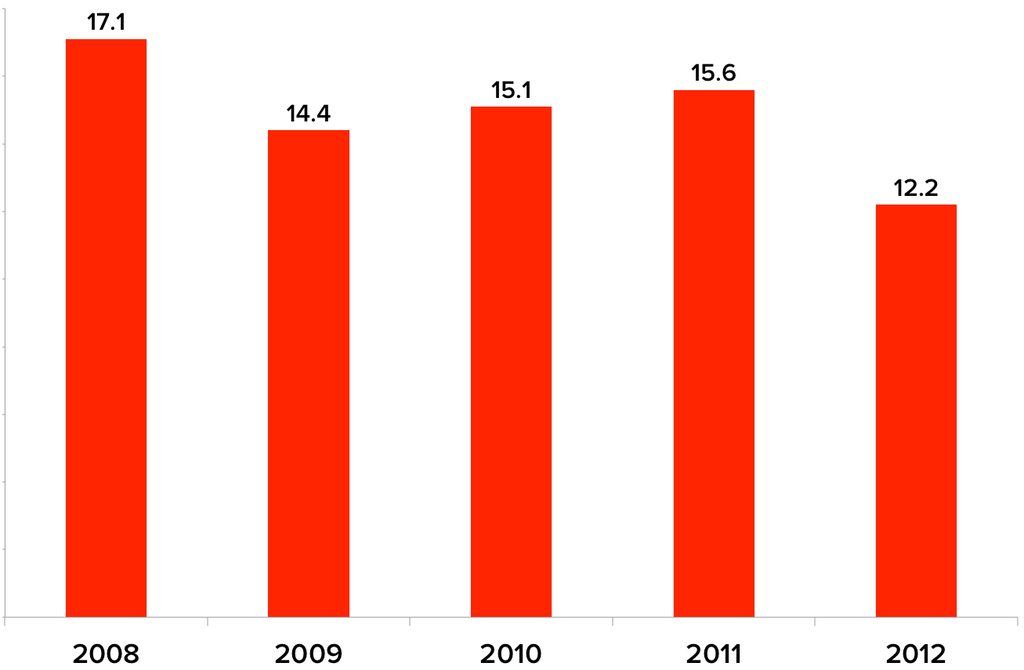
The percentage of parking tickets that were overturned on appeal has fallen over the last few years (line 576 in the Mayor's Management Report data) to 12.2% in 2012. The percent of tickets that were dismissed within 90 days also fell, from 14.7% in 2008 to 12.6% in 2012.
Or because there are a lot of pests.
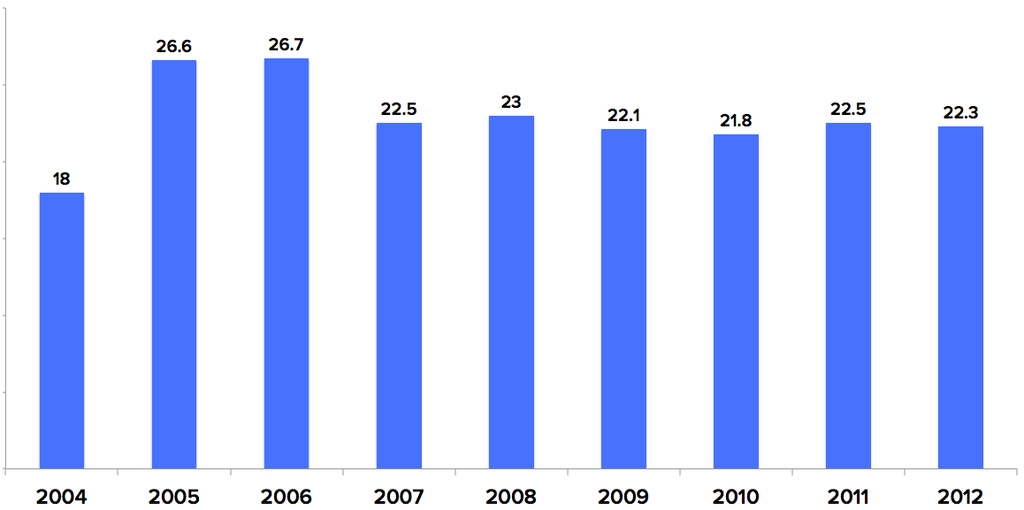
In 2012, the city received 22,300 complaints about pests. The good news is that the number of complaints has stayed fairly constant over the last few years, and is even down from a high point in 2006. The bad news is that complaints in 2012 were up from 2004, and that, in any case, 22,300 complaints represent a whole lot of rats in New Yorkers' apartments.
New York City also has a lot of homeless families.
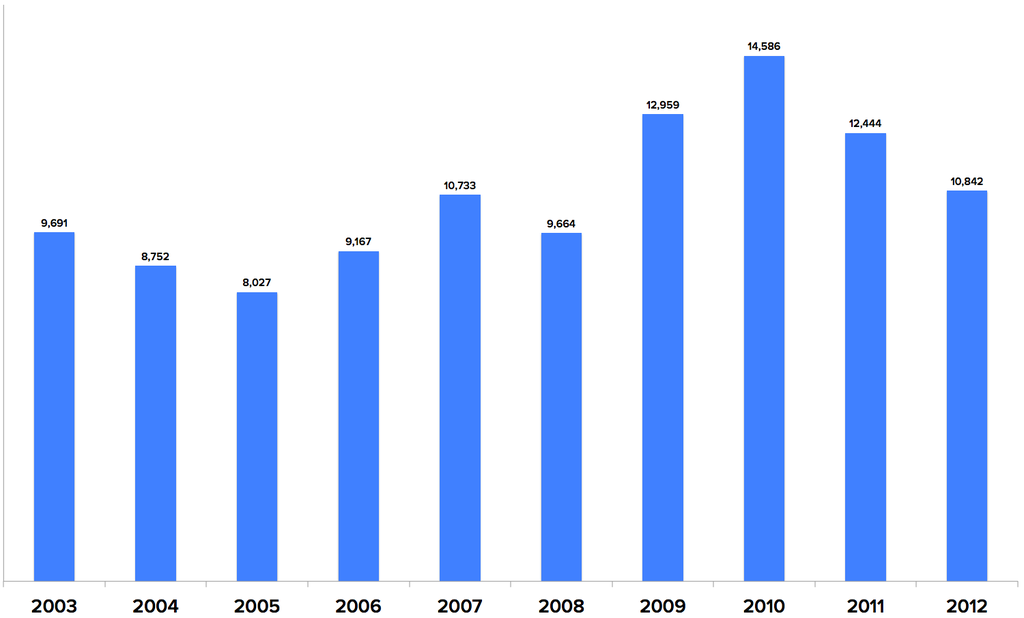
In 2012, 10,842 families with children entered homeless shelters (line 372). While the number of New York City families entering homeless shelters has increased over the last decade, the numbers have actually fallen since their 2010 peak, when 14,586 families with children entered homeless shelters.
The number of families with children in shelters per day also has increased, growing from 7,922 in 2003 to 8,445 in 2012. Other measures — length of stays, adults in shelters, etc. — also show increases, but, on a more positive note, there seems to be a mostly across-the-board reduction from peaks in the middle of the last decade, according to the data.
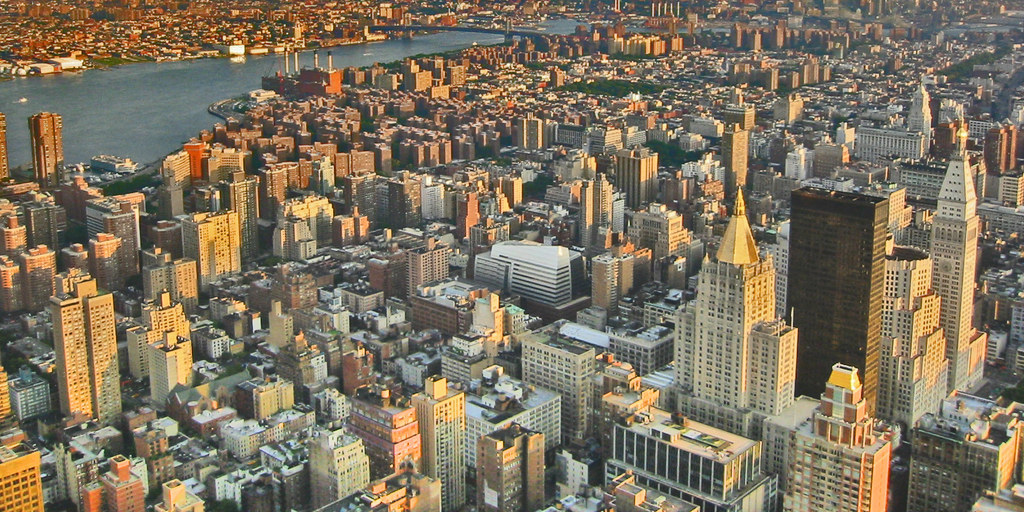
But the data also offers plenty of ways in which the city has gotten better and better over the years.
New York isn't just great because it's a capital of culture and finance and general coolness. Here are just a few examples of some other improvements:
Burglary and violent crime rates are lower.
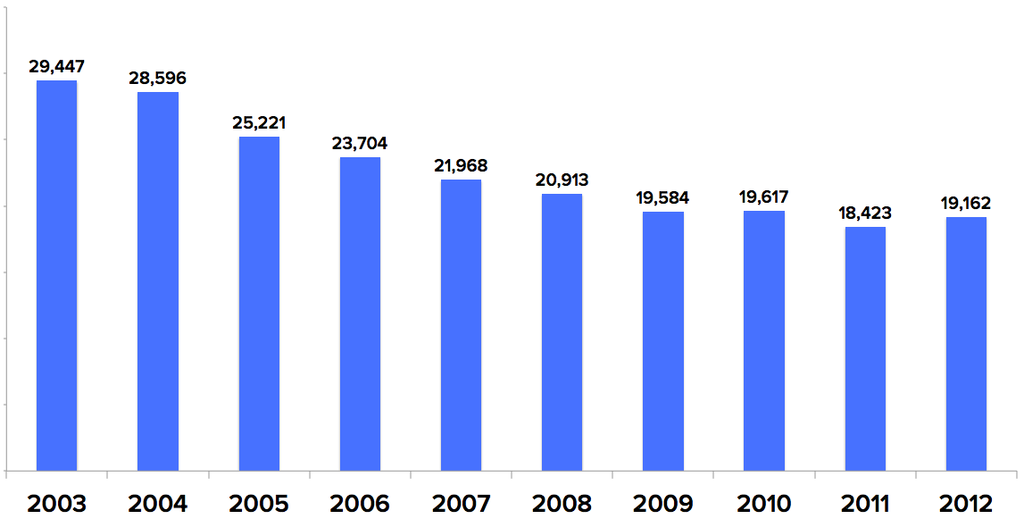
Though burglary rates plateaued during the final years covered by the data, they dropped dramatically from a decade earlier (line 1120). Other crime, such as robbery (line 1147) and forcible rape (line 1132), also decreased between 2003 and 2012.
The air in New York is cleaner now than it has been for more than half a century.
New York City's conservation projects reduced greenhouse gas emissions by 3,325 metric tons in 2012, according to the data. Officials also announced late last year that those gains have continued and will continue, due to new initiatives and green infrastructure projects.
The result: New York City's air is cleaner now than it has been for the last 50 years.
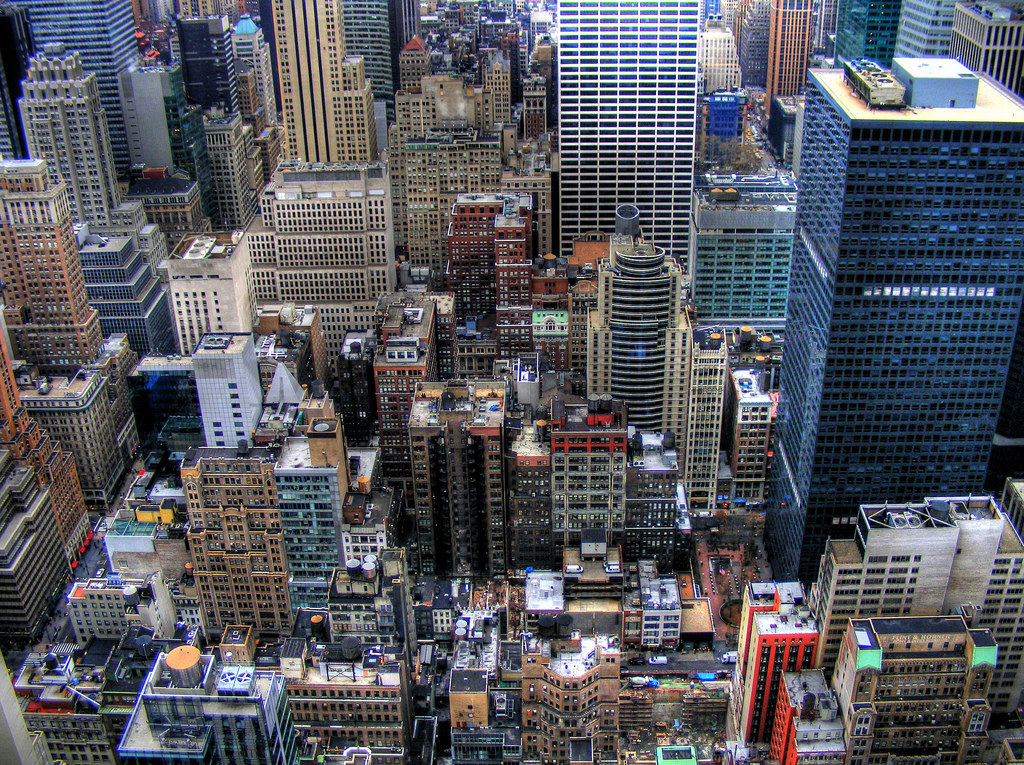
The percent of people who smoke has decreased over the last few years.
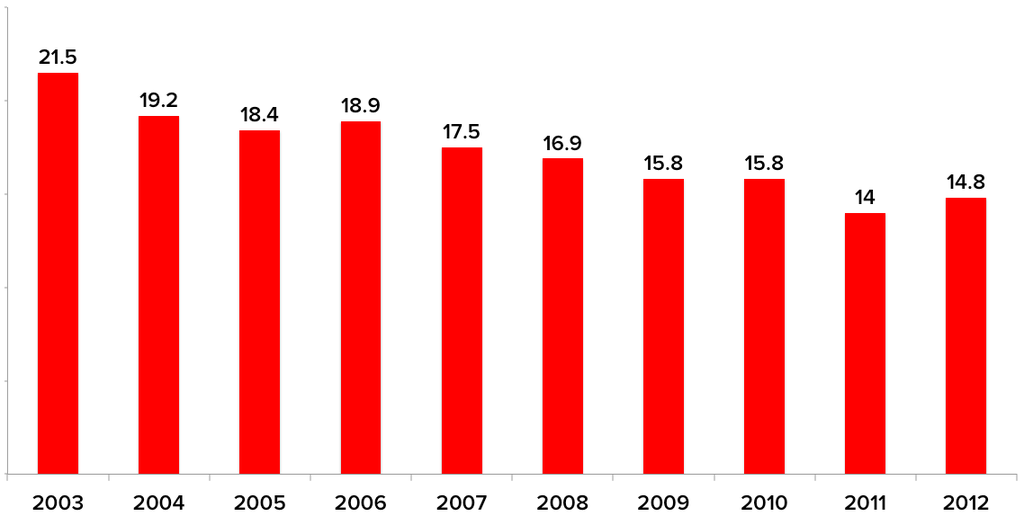
Back in 2003, more than a fifth of New Yorkers smoked (line 586). That number has fallen over the last decade and in 2012 stood at 14.8% of the city.
The number of new AIDS cases per year has decreased.

By 2012, the number of new AIDS cases had fallen to 2,129, down from a high of 5,323 in 2004 (line 609). Deaths from HIV/AIDS also decreased — from 1,712 in 2003 to 766 in 2012 — while HIV testing became more common (line 603). The percent of HIV patients using dedicated clinics also increased, from 98% in 2003 to 99.3% in 2012.
Finally, it's important to remember that happiness isn't everything.
Returning to the new research on happiness and metro areas, the authors note that if just finding a happy place was all that mattered, cities like New York would become ghost towns.
One interpretation of these facts is that individuals do not aim to maximize self-reported well-being, or happiness, as measured in surveys, and they willingly endure less happiness in exchange for higher incomes or lower housing costs.
The researchers add that residents of unhappier cities also tend to get higher wages, which must be "compensation for their misery."
